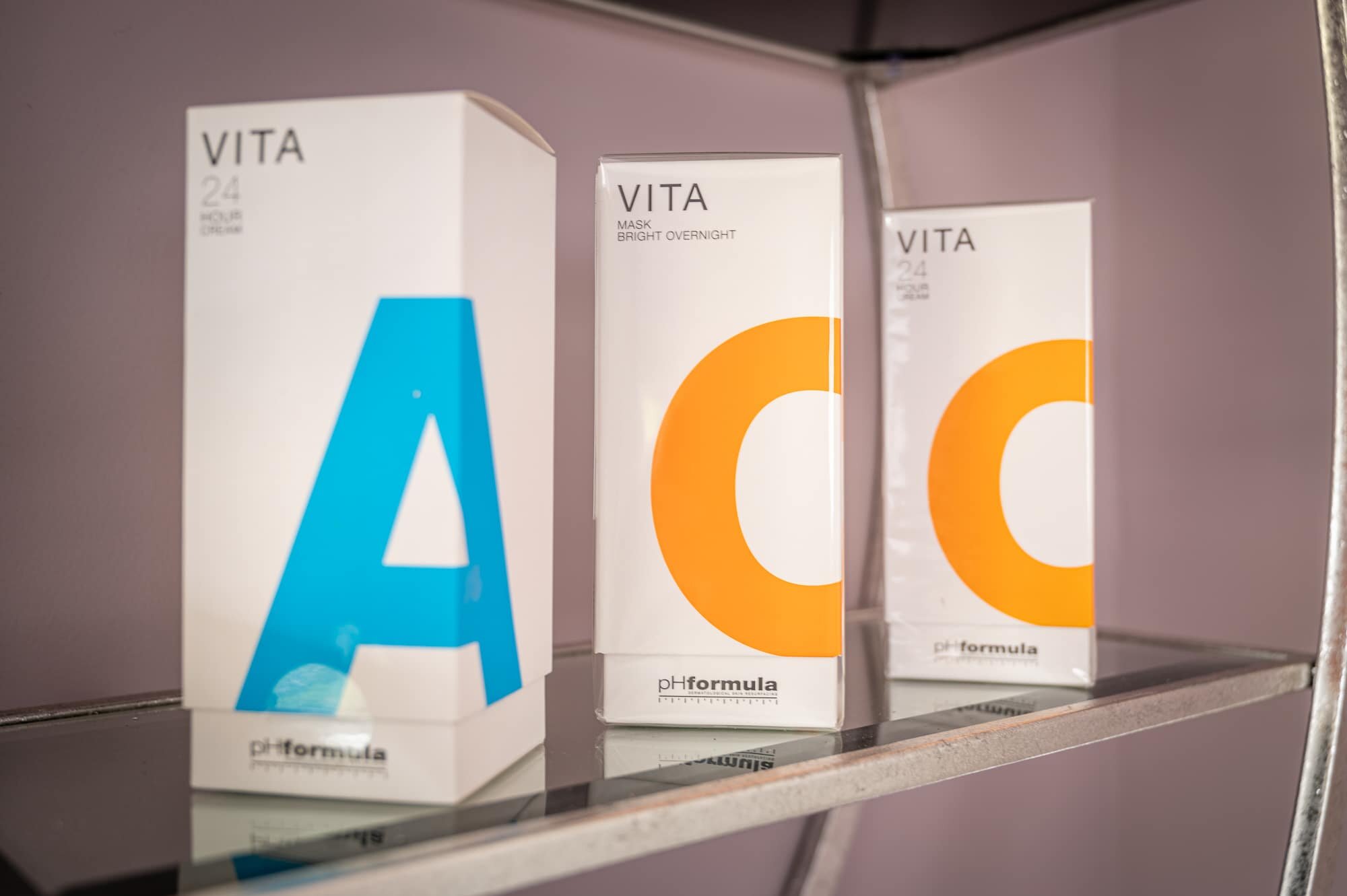Retinol for Beginners: How to Use It for Ageing Skin
If you’ve ever felt overwhelmed (or a bit scared!) by the thought of using retinol, you’re not alone. At The Skinologists in Chester, I speak with women every week who either overdo it—ending up red, dry and flaky—or avoid it altogether, worried it will irritate their already sensitive skin.
Let’s clear things up with an expert-backed, no-fuss guide to using retinol—so you can enjoy all its powerful anti-ageing benefits without the side effects.
What Is Retinol?
Retinol is a vitamin A derivative and one of the most researched skincare ingredients on the planet. It works by accelerating skin cell turnover and stimulating collagen production, helping to:
✔️ Smooth fine lines and wrinkles
✔️ Improve skin texture and tone
✔️ Reduce pigmentation
✔️ Clear congestion and refine pores
No wonder it’s considered the gold standard for aging skin. But—it’s also incredibly powerful, which is why it needs to be introduced with care.
Common Retinol Mistakes I See in Clinic
❌ Using too much, too soon – Starting with a strong product or applying nightly leads to redness, dryness, and peeling.
❌ Layering it with other strong actives – Mixing retinol with AHAs, BHAs or harsh exfoliants causes barrier damage.
❌ Not protecting the skin – Retinol makes skin more sensitive to sunlight. If you skip SPF, you risk further pigmentation and damage.
❌ Giving up too early – Some people stop using it after the first few reactions, when in reality, they just needed a gentler approach.
How to Start Using Retinol the Right Way
1. Start slow – Begin with a low-strength retinol (around 0.25%–0.3%) just once or twice a week, then build up slowly.
2. Apply at night only – Retinol can break down in sunlight, so always use it in your evening routine.
3. Sandwich method – Apply a thin layer of moisturiser before and after retinol to buffer the skin and reduce irritation.
4. Wear SPF every day – This is non-negotiable. Retinol makes your skin more vulnerable to UV damage.
5. Be consistent – It can take 8–12 weeks to see results. Stick with it and be gentle with your skin as it adapts.
Who Should Use Retinol?
If you’re over 40 and noticing fine lines, dullness or uneven skin tone, retinol can be a powerful addition to your routine. It’s especially helpful for menopausal skin, which naturally loses collagen faster and tends to become drier and thinner.
But—you don’t have to go it alone. I help clients every day build the right skincare plan for their age, skin type, and goals.
My Professional Advice (from 30+ Years in Clinic)
As a skin therapist and facialist in Chester, I don’t believe in one-size-fits-all skincare. Many of my clients achieve fantastic results using alternative ingredients like retinaldehyde, peptides, or bakuchiol if retinol is too irritating.
Others thrive with a carefully managed retinol routine—especially when it’s supported by hydrating products, skin barrier repair, and the right professional treatments like microneedling or radio frequency.
Need help figuring out what’s right for your skin? That’s what I’m here for.
Let’s Build Your Age-Defying Routine Together
📩 Download my FREE Skin Guide: The Ultimate Guide to Menopausal Skincare
📍 Or book a Skin Consultation at The Skinologists, Chester
Say goodbye to second-guessing your skincare—and hello to results you can feel confident about.

